- No products in the cart.
Ciprofloxacin-solofarm eye drops / 0.3% 5ml ushn-cap vial.
$0.55
Ciprofloxacin-solofarm eye drops / 0.3% 5ml ushn-cap vial.
Description
Composition
Active substance:
1 ml of the preparation contains:
Ciprofloxacin-3.0 mg (in the form of ciprofloxacin hydrochloride monogidrata- 3.49 mg).
Excipients:
Mannitol – 44.0 mg Sodium acetate trihydrate – 0,68 mg Disodium edetate dihydrate (Trilon B) – 0.50 mg Benzalkonium chloride – 0.10 mg Acetic acid glacial – to pH 3.5-5.5 , Water for injection – up to 1.0 ml.
Description:
Clear or almost clear, slightly colored liquid.
Product form:
Eye drops and ear 0.3%.
5 or 10 ml vial with a dropper of low density polyethylene and the lid from the first control opening of the vial or dropper, high density polyethylene together with the lid and screwed plug-dropper.
1 bottle together with instructions for use in a stack of cardboard.
Contraindications
Hypersensitivity to the active ingredient and any of the excipients. Hypersensitivity to quinolones
Carefully:
The drug should be used with caution in patients with cerebral atherosclerosis, cerebral ischemia, convulsive disorders due to the risk of adverse reactions from the central nervous system.
Dosage
3 mg / ml
Indications
In ophthalmology: the treatment of corneal ulcers and infections of the anterior segment of the eyeball and its appendages caused by susceptible to ciprofloxacin bacteria in adults, infants (0 to 27 days), infants and infants (from 28 days to 23 months), children (2 up to 11 years) and adolescents (12 to 18).
In otorhinolaryngology: external otitis, treatment of postoperative infectious complications.
Interaction with other drugs
Specific interaction studies with ciprofloxacin was conducted ophthalmic dosage forms. Whereas low systemic concentration of ciprofloxacin in plasma after instillation into conjunctival cavity, the interaction between the co-applied preparations with ciprofloxacin unlikely. In the case of joint use with other topical ophthalmic preparations interval between their application should be at least 5 minutes, the ophthalmic ointment should be applied last.
Overdose
In the case of overdose when applied topically in the form of instillations necessary conjunctival cavity rinsed with lukewarm water. It is not expected of toxic effects both at local overdose and if accidentally swallowed the contents of the vial.
pharmachologic effect
Pharmacological group:
The antimicrobial agent, a fluoroquinolone.
Pharmacodynamics:
The antimicrobial agent broad spectrum fluoroquinolone derivative inhibits bacterial DNA gyrase (topoisomerase II and IV, are responsible for the process of the chromosomal DNA supercoiling around nuclear RNA that is necessary for reading the genetic information) gives DNA synthesis, growth and division of bacteria; It is expressed morphological changes (including cell walls and membranes) and rapid death of the bacterial cell. Bactericidal effect on gram-negative organisms in a rest period and dividing (since not only affects DNA gyrase, but also causes lysis of the cell wall) for gram-positive microorganisms – only during division. Low toxicity to host cells due to the absence in them of DNA gyrase. While receiving ciprofloxacin occurs parallel generating resistance to other antibiotics, does not belong to the group of gyrase inhibitors, which makes it highly effective against bacteria which are resistant, such as aminoglycosides, penicillins, cephalosporins, tetracyclines, and many other antibiotics.
By ciprofloxacin sensitive Gram negative aerobic bacteria: Enterobacteriaceae (Escherichia coli, Salmonella spp, Shigella spp, Citrobacter spp, Klebsiella spp, Enterobacter spp, Proteus mirabilis, Proteus vulgaris, Serratia marcescens, Hafnia alvei, Edwardsiella tarda, Providencia spp…… .., Morganella morganii, Vibrio spp, Yersinia spp), other gram-negative bacteria (Haemophilus spp, Pseudomonas aeruginosa, Moraxella catarrhalis, Aeromonas spp, Pasteurella multocida, Plesiomonas shigelloides, Campylobacter jejuni, Neisseria spp), some intracellular pathogens…. – Legionella pneumophila, Brucella spp, Chlamydia trachomatis, Listeria monocytogenes, Mycobacterium tuberculosis, Mycobacterium kansasii, Corynebacterium diphtheriae.; Gram positive aerobic bacteria: Staphylococcus spp. (Staphylococcus aureus, Staphylococcus haemolyticus, Staphylococcus hominis, Staphylococcus saprophyticus), Streptococcus spp. (Streptococcus pyogenes, Streptococcus agalactiae). The majority of staphylococci resistant to methicillin, and are resistant to ciprofloxacin. Sensitivity of Streptococcus pneumoniae, Enterococcus faecalis, Mycobacterium avium (located intracellularly) – moderate (high concentrations are required to repress). For drug resistant: Bacteroides fragilis, Pseudomonas cepacia, Pseudomonas maltophilia, Ureaplasma urealyticum, Clostridium difficile, Nocardia asteroides. Ineffective against Treponema pallidum. Resistance develops very slowly, because on the one hand, after the action of ciprofloxacin are left with persistent microorganisms, and on the other y bacterial cells do not have the enzymes that inactivate it.
Mechanisms of resistance
Development of resistance to fluoroquinolones, particularly ciprofloxacin, mediated through changes in the genes encoding at least one of the following four mechanisms: 1. the change of the target structure of enzymes (DNA gyrase and topoisomerase IV) – enzymes involved in cellular DNA synthesis; 2. violation cell wall permeability; 3. active excretion of the drug from the cells (increased activity efflux pumps); 4. mediated plasmids modifications aminoglycoside 6-N-acetyltransferase.
Pharmacokinetics:
In ophthalmology.
Absorption
When applied topically is rapidly absorbed.
Distribution
Ciprofloxacin concentration in the blood plasma after instillation into conjunctival 2 drops of 0.3% solution every 2 hours for 2 days and then every 4 hours for 5 days ranged from unquantifiable (
Ciprofloxacin is widely distributed in the body tissues, the estimated volume of distribution is from 1.7 to 5.0 l / kg. Relationship to plasma proteins – 20-40%.
Metabolism
There is no information on how to ciprofloxacin metabolism.
breeding
Plasma half-life is 3-5 hours. Ciprofloxacin and 4 of its metabolites excreted in the urine and feces. Eliminated through the kidneys about 2/3 of the overall level of ciprofloxacin in the plasma, while through the intestine and bile allocated 1/3 of the total level of ciprofloxacin. In patients with renal impairment noted a slight increase in half-life due to ciprofloxacin extrarenal elimination pathways. Similarly, in disorders of the liver slightly elongated half-life. There is no information about studying the pharmacokinetic properties of ciprofloxacin with its use in children. In otorhinolaryngology: pharmacokinetic studies were not carried out due to the low systemic absorption.
Pregnancy and breast-feeding
fertility
In studies of oral dosage forms of ciprofloxacin in animals revealed no negative effect on fertility. Studies evaluating the effect of ciprofloxacin in the form of instillation on human fertility have been conducted.
Pregnancy
There are no data on the use of ciprofloxacin in the dosage form of eye drops in pregnant women. In animal studies, did not get the results showing the negative influence of ciprofloxacin on the reproductive function. It is expected that systemic levels of ciprofloxacin when used in a dosage form eye drops to be low. Given the lack of data on safety of drugs in pregnancy, recommended the appointment of ciprofloxacin during beremennnosti only in those cases where the intended benefits of the drug the mother outweighs the potential risk to the fetus.
Breastfeeding
For oral use of ciprofloxacin in women during breastfeeding is its excretion in breast milk. It is not known whether ciprofloxacin is excreted in breast milk when applied in the form of instillation, but the risk for a child who is breastfed, in this case, can not be excluded. Caution must be exercised when using the drug in women during breastfeeding.
Conditions of supply of pharmacies
Prescription.
side effects
In clinical trials most frequently observed adverse effects such as discomfort in the eye (6% of the cases), dysgeusia (3%) and precipitates on the cornea (in 3%). Adverse reactions from clinical studies and post-marketing surveillance data, sguppirovany according to the following gradation occurrence frequency: very often (> 1/10), often (by> 1/100 to
special instructions
The solution in the form of eye drops not intended for intraocular use. When using other ophthalmic drugs interval between their introduction should be at least 5 minutes. Use of the drug should be discontinued at the appearance of any sign of hypersensitivity. Patients should be informed that if after using the drops for a long time or continues growing conjunctival hyperemia, you should stop using the drug and consult a doctor. In the period of treatment is not recommended to wear soft contact lenses. When using hard contact lenses, remove them before instillation and again put in 15-20 minutes after instillation of the drug.
Effects on ability to drive vehicles and mechanisms:
After applying eye drops may reduce the clarity of vision, so immediately after instillation is recommended not to drive and to engage in activities that require increased attention and psychomotor speed reactions.
Storage conditions
At a temperature not exceeding 25 C. Keep out of reach of children.
Dosing and Administration
In ophthalmology.
Ciprofloxacin is applied topically. One can not introduce the drug subconjunctivally or anterior chamber of the eye.
When corneal ulcers drug must be instilled by observing the following intervals instillation (including night time): on the first day – 2 drops every 15 minutes during the first 6 hours, then 2 drops every 30 minutes for the remaining time of the day. On the second day of therapy – 2 drops every hour. From the third to the 14th day of therapy – 2 drops every 4 hours. If necessary, continue therapy longer than 14 days of the selection of dose regimen should be carried out by the attending physician. In diseases of anterior segment of eyeball drug must be instilled as follows: 1 or 2 drops in the affected eye (s) 4 times per day. In severe infections dosing regimen during the first 2 days may involve instillation of the preparation of 1 or 2 drops every 2 hours during the waking hours. The duration of drug therapy for the stated indications should not exceed 21 days.
The use in the pediatric population
Dosing regimen during therapy in children corresponds to that in adults over the age of 1 year. Efficacy and safety of ciprofloxacin in children aged 0 to 12 years was confirmed in clinical studies involving 230 children. There was no development of serious adverse events in this group of patients.
Application of renal and hepatic insufficiency
No information about the use of ciprofloxacin by patients with concomitant diseases of liver and kidneys. In applying the drug to reduce the risk of systemic adverse reactions recommended slight finger pressure on the region of the inner corner of the eye in lacrimal sac projection within 1-2 minutes after instillation of the preparation.
In otorhinolaryngology. Locally. Carefully cleaned the external auditory meatus. It is recommended that in the use solution has a room temperature or body temperature to prevent the vestibular stimulation. The drug is instilled into the ear canal. The recommended dose – 3-4 drops 2-4 times a day or more frequently, depending on the need. The patient should lie on the opposite side to the patient’s ear for 5-10 minutes after instillation. In rare cases, after the local purification can lay in the ear, the ear canal cotton swab moistened with a solution of ciprofloxacin; tampon may be in the external auditory canal to the following procedure. Generally the duration of treatment should not exceed 5-10 days. In some cases, treatment may be extended if the local flora is sensitive.
Information
Appearance may differ from that depicted in the picture. There are contraindications. You need to read the manual or consult with a specialist
Additional information
| Weight | 0.100 kg |
|---|---|
| Manufacturer | Grotex Ltd. |

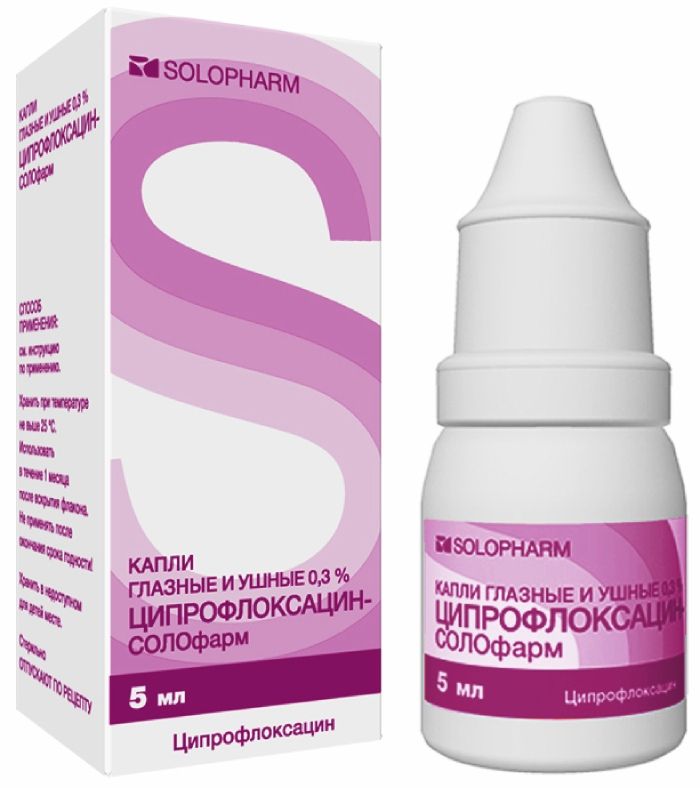
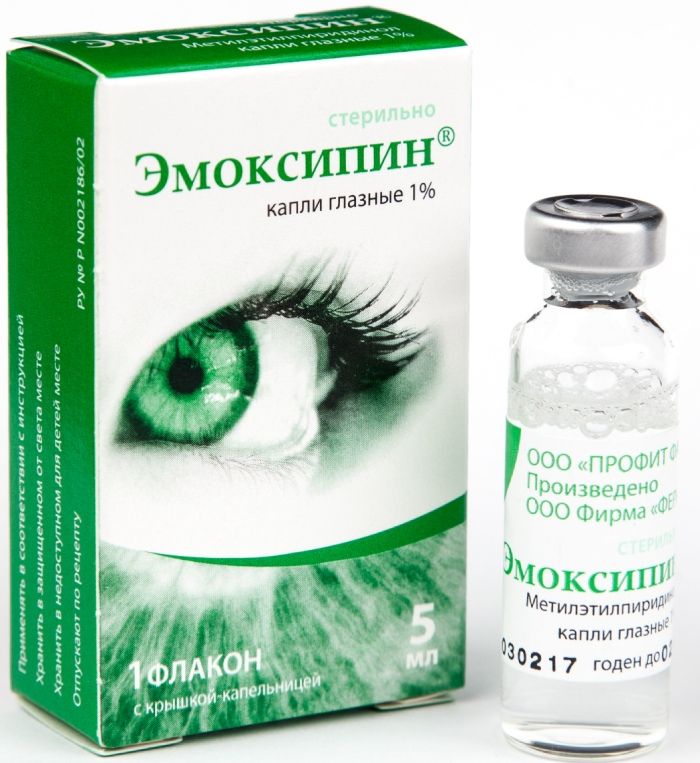

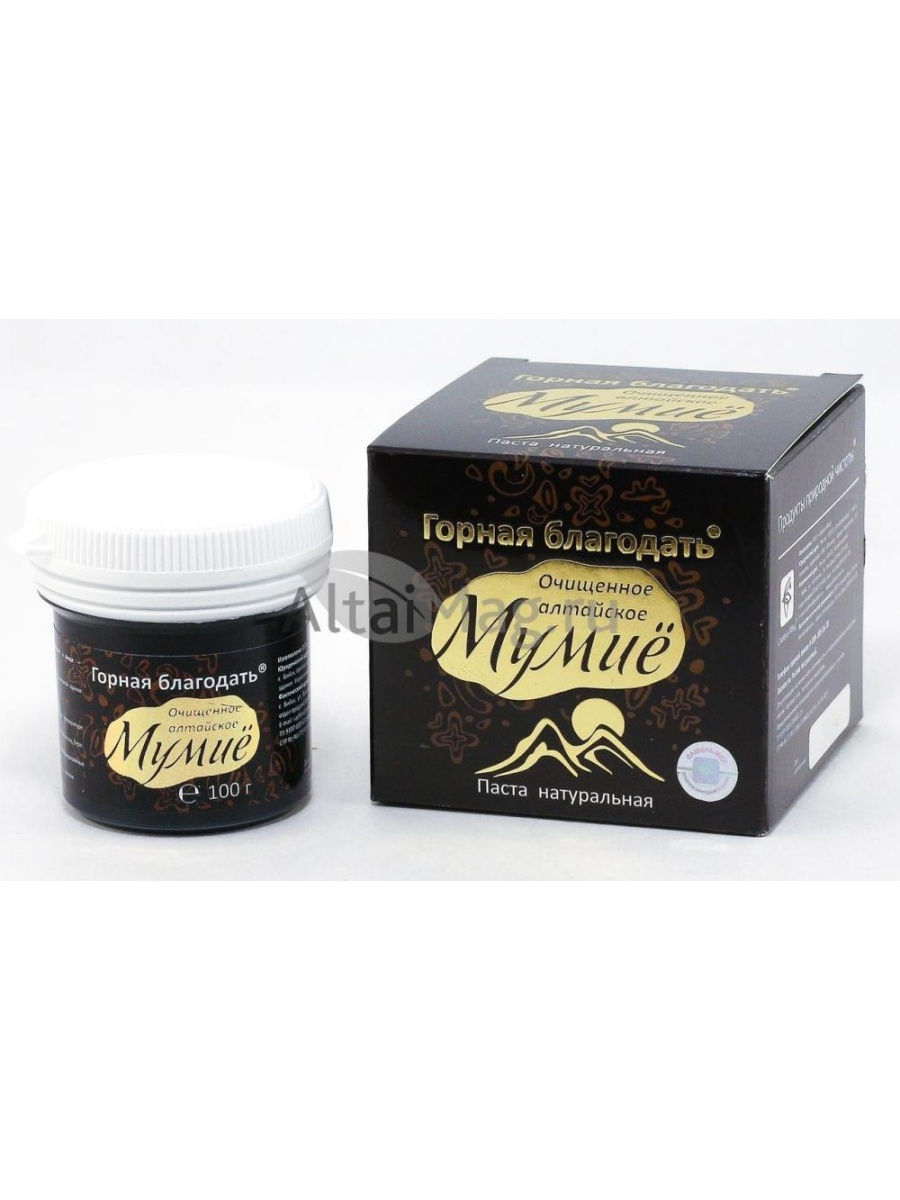
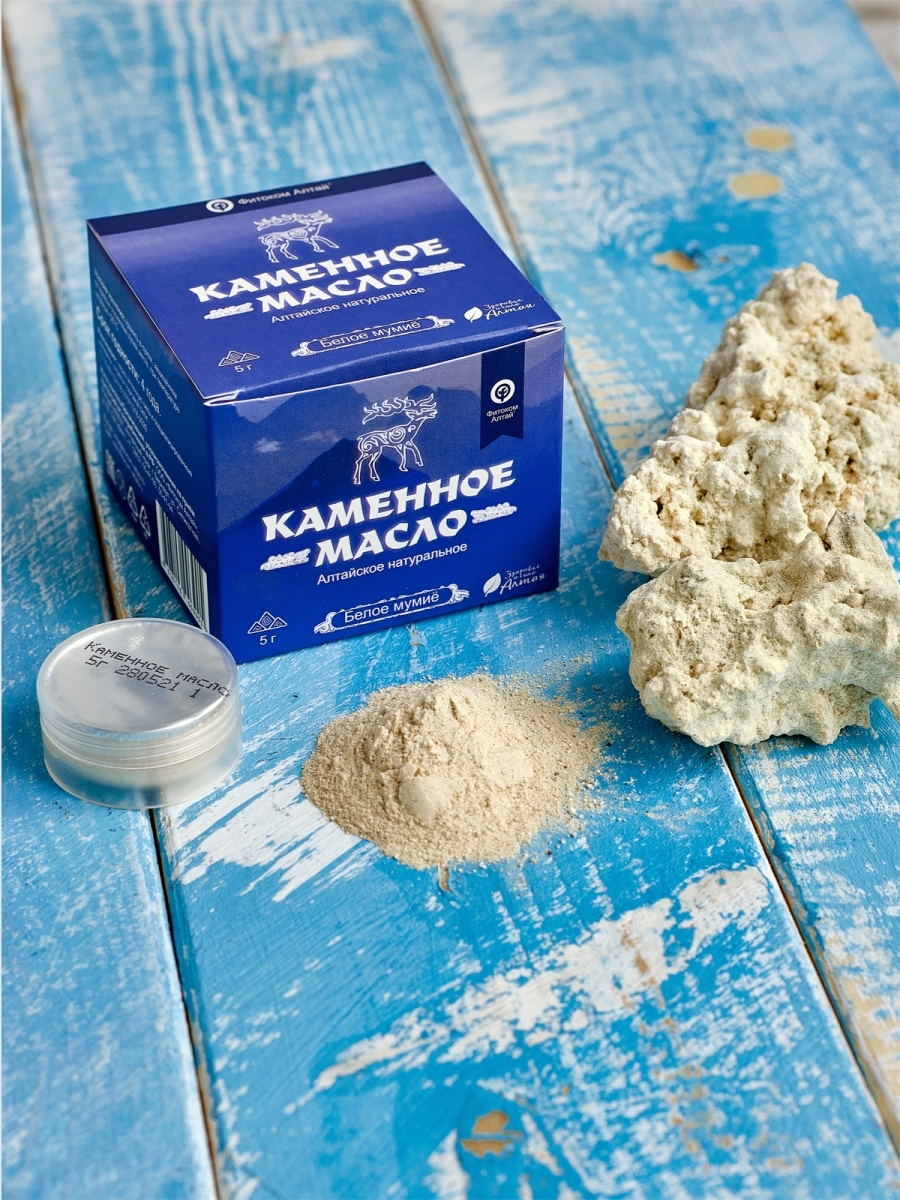


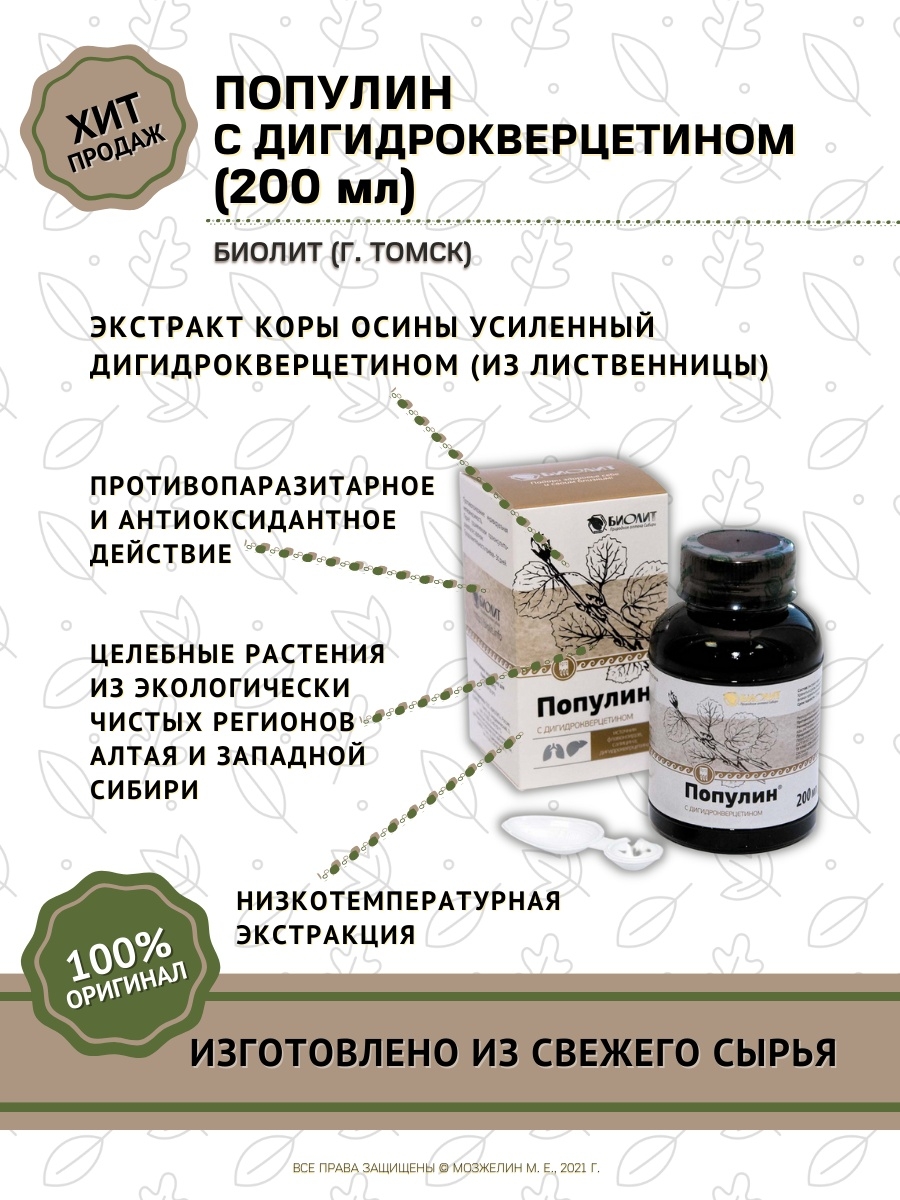
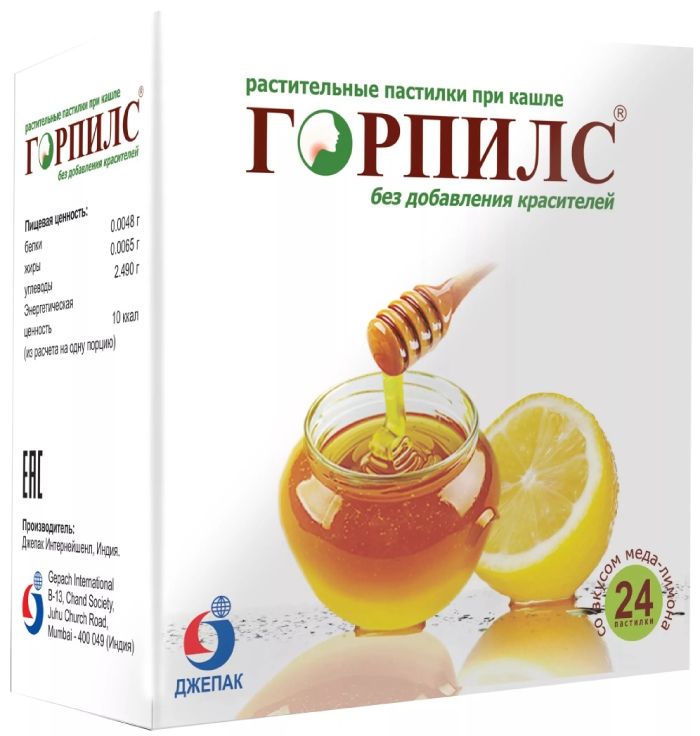




There are no reviews yet.